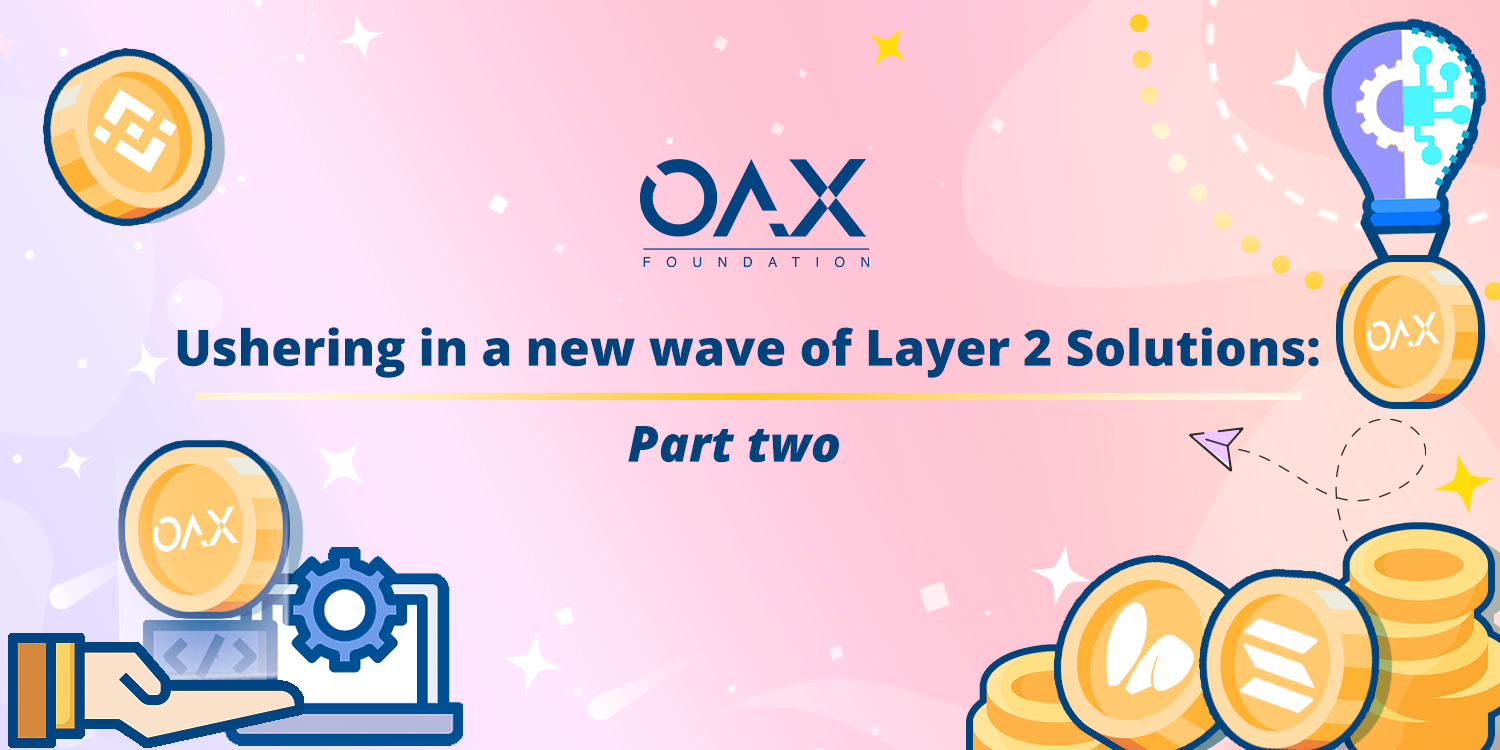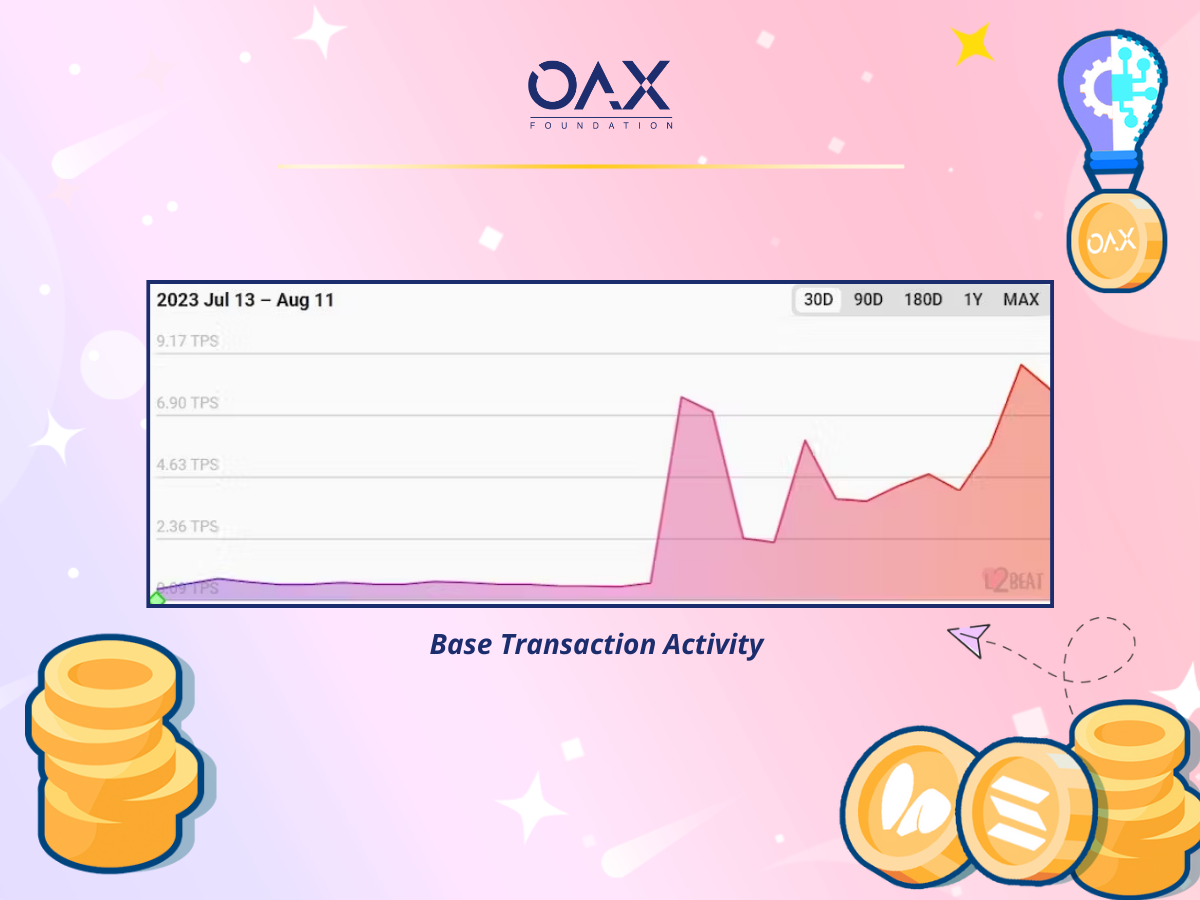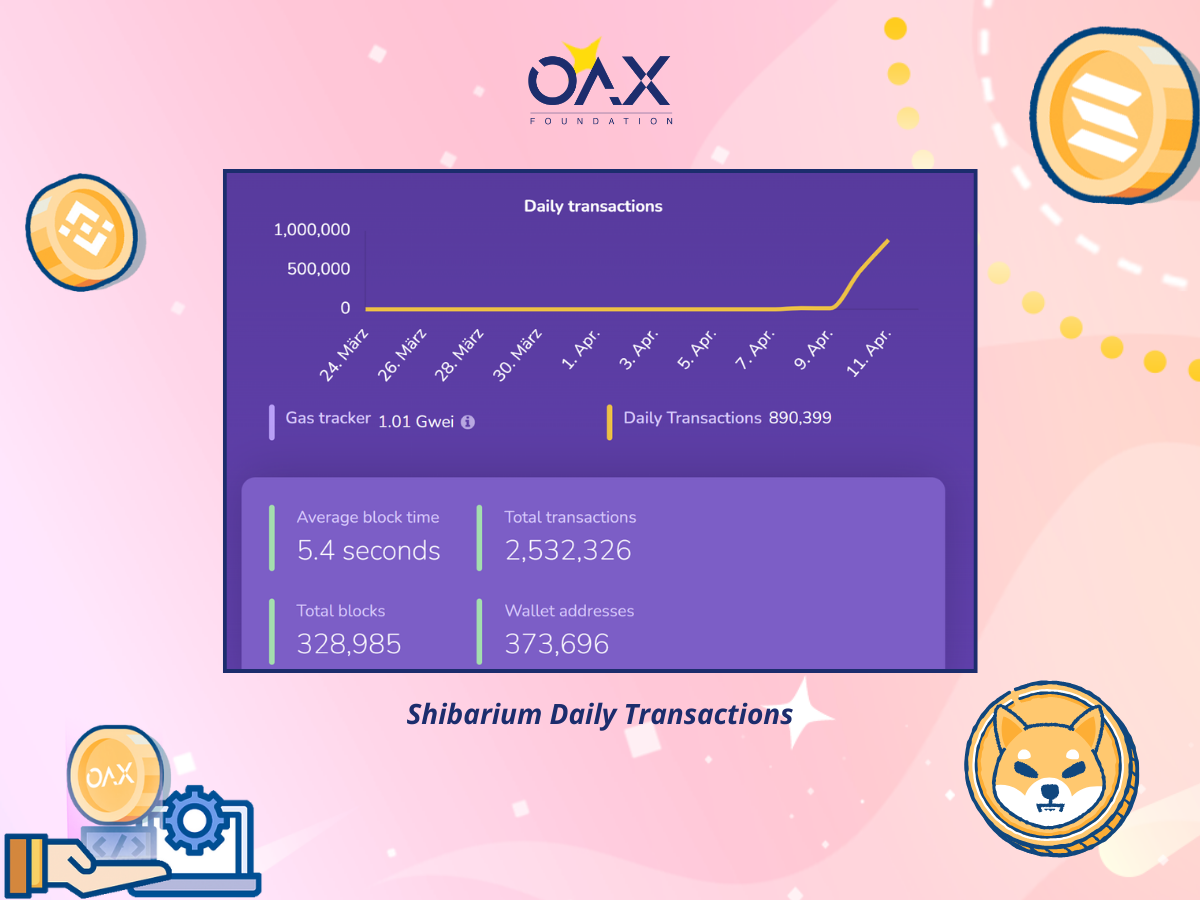
A New Wave of Layer 2 Solutions: Part Two
In our previous article, we discussed the emergence of layer-2 scaling solutions including Polygon, Optimism and Arbitrum to address Ethereum’s scalability challenges. This follow-up piece provides an update on the recent trends and developments in the layer-2 space, highlighting the progress made over the past month. We will delve into key advancements and noteworthy activities, shedding light on the evolving landscape of layer-2 solutions and their impact on the broader crypto ecosystem.
Exchange Empowers Developers with In-House Layer-2 Chain
Coinbase has launched the mainnet for its Ethereum layer-2 network called Base. Coinbase intends to showcase the potential of its technology beyond cryptocurrencies and plans to offer more than 100 decentralized applications (dApps) with the launch. The launch event, called “Onchain Summer” - featuring partnerships with Coca-Cola, Opensea, and Atari, over 700,000 NFTs were minted by more than 268,000 unique wallets.
 Source: The Defiant
Source: The Defiant
Following the launch, Base has surpassed Ethereum and rival layer 2 blockchains Arbitrum and Optimism in average transactions per second (TPS). This surge in TPS is attributed to the popularity of friend.tech, a social market on Base that allows users to buy and sell shares in public figures. BaseSwap, a decentralized exchange, and Stargate, a cross-chain bridge, have also contributed in attracting the majority of traffic on Base. Since its mainnet launch one month ago, Base has facilitated over 11.5 million transactions and seen an increase in total value locked (TVL), reaching $188 million. However, it still lags behind other prominent blockchains like Polygon and Binance Smart Chain (BSC) in terms of daily transaction volume and active users.
Unlike other layer-2 networks, Coinbase does not have plans to introduce native tokens on Base, focusing instead on supporting and incubating developers. This approach may also help Coinbase navigate regulatory challenges, such as the recent lawsuit filed by the Securities and Exchange Commission (SEC). Recently, Base and Optimism have announced a collaborative agreement for revenue-sharing and governance-sharing. This partnership aims to ensure neutrality and prevent centralization. Base will pay a portion of its revenue to the Optimism Collective and receive voting power in Optimism’s protocol governance.
Polygon Highlights Zero-Knowledge Calling at TOKEN2049 Conference
Over at TOKEN2049 in Singapore, Polygon co-founder Nailwal discussed the potential of recursive ZK-proof technology to create a seamless and interoperable blockchain ecosystem as part of “Polygon 2.0.” Despite the higher development and implementation costs associated with ZK rollups compared to optimistic systems, Polygon has allocated a substantial amount, approximately $1 billion, towards the development of ZK proof-powered scaling solutions. The objective is to achieve infinite scalability and unified liquidity for value transfer across chains.
Polygon has introduced the zkEVM beta and unveiled its Chain Development Kit (CDK), which facilitates the creation of layer-2 chains connected to the Ethereum ecosystem. The CDK enables developers to launch ZK-powered layer-2 solutions tailored to their specific project requirements. Notably, the CDK provides automatic access to liquidity across all of Polygon’s chains and the broader Ethereum ecosystem, mitigating liquidity fragmentation.
ZK-proofs offer several benefits, including enhanced security, reduced latency, privacy features, and improved cross-chain transactions. By using validity proofs to validate transactions before submission, ZK rollups provide stronger security guarantees and eliminate the need for a challenge period. Polygon believes that ZK-proofs represent the future of scaling Ethereum, primarily due to their fast finality and withdrawal times.
Memecoins Embrace Layer-2 Scaling Solutions
Shibarium: Layer-2 Blockchain for Shiba Inu Token: It aims to facilitate faster, cheaper, and more private off-chain transactions while relying on the security of the Ethereum blockchain. Shibarium recently launched its bridge, allowing users to move funds between the Ethereum and Shibarium networks. It focuses on metaverse, gaming applications, and serves as a cost-effective settlement option for DeFi applications, aiming to showcase the potential of Shiba Inu beyond its meme coin origins.
 Source: Puppyscan
Source: Puppyscan
The Shibarium network has seen over 600,000 unique wallets and over 700,000 transactions since resolving a glitch that occurred during its launch. However, the locked value on Shibarium is currently only $1.26 million, indicating that users are deploying relatively little capital on the layer 2 network compared to other blockchains in the crypto ecosystem.
The Implications of the Growing L2 Ecosystem
The layer-2 scaling space has experienced significant advancements and adoption in recent months, with various approaches being pursued to address Ethereum’s scalability challenges. Coinbase’s integration of the Lightning Network, the developments in Polygon 2.0, and the growth of Shibarium for the Shiba Inu token exemplify the expanding ecosystem of layer-2 solutions.
These advancements have the potential to greatly enhance scalability, reduce costs, and improve the overall user experience in the crypto ecosystem. As friction is alleviated, more users can be onboarded, leading to increased adoption and growth. The OAX Foundation is excited about these trends and looks forward to the emergence of new use cases facilitated by each scaling solution.
In line with this evolving landscape, the Notifs app, developed by the OAX Foundation, is already positioned to help users enter the web3 space by supporting multiple layer-2s. This approach enables seamless navigation between on-chain and off-chain environments. The foundation remains committed to exploring and supporting additional layer-2 chains as part of its ongoing efforts.


